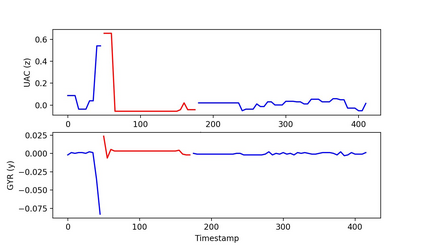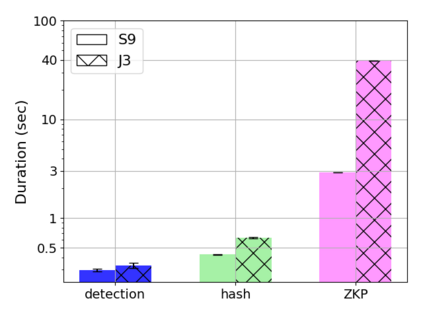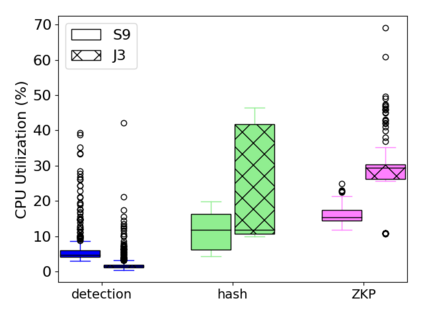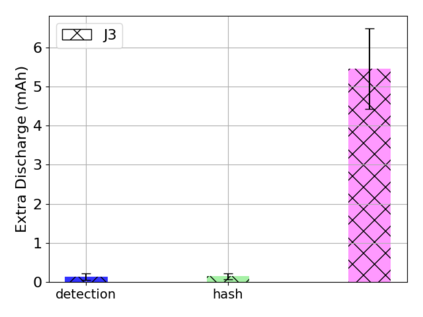Recent studies show that 20.4% of the internet traffic originates from automated agents. To identify and block such ill-intentioned traffic, mechanisms that verify the humanness of the user are widely deployed across the internet. CAPTCHA is the most popular among such mechanisms. Original CAPTCHAs require extra user effort (e.g., solving mathematical or image-based puzzles), which severely harms user's experience, especially on mobile, and provide only sporadic verification of their humanness. More recent solutions like Google's reCAPTCHA v3 leverage attestation data (e.g., user behavioral data, device fingerprints) shared with a remote server, thus raising significant privacy concerns. To address all of the above, we present ZKSENSE: the first zero knowledge proof-based humanness attestation system designed for mobile devices. Contrary to state-of-the-art systems, ZKSENSE assesses humanness continuously on the background in a privacy preserving way. ZKSENSE achieves that by classifying the motion sensor outputs of the mobile device based on a model trained by using both publicly available sensor data and data collected from a small group of volunteers. The classification result is enclosed in a zero knowledge proof of humanness that can be safely shared with an attestation service such as Privacy Pass. We implement ZKSENSE as an Android service to demonstrate its effectiveness and practicability. In our evaluation, we show that ZKSENSE verifies the humanness of the users asynchronously, on the background, without degrading their experience or jeopardizing user privacy, while it achieves 91% accuracy across a variety of attack scenarios. On a two years old Samsung S9, each attestation takes around 3 seconds in total (when visual CAPTCHAs need 9.8 seconds) and consumes a negligible amount of battery.
翻译:最近的研究显示,20.4%的互联网流量来自自动化代理商。为了识别和阻止这种恶意流量,与远程服务器共享的验证用户人性的机制(例如用户行为数据、设备指纹等)在互联网上广泛部署。CAPTCHA是这类机制中最受欢迎的机制。原始CAPTCHA需要额外的用户努力(例如,解决数学或基于图像的谜题),这严重损害了用户的经验,特别是在移动方面,并且只提供零星的人类特征验证。最近的一些解决方案,如Google的RECAPTCHA v3杠杆验证数据(例如,用户行为数据、设备指纹等)与远程服务器共享,从而引起对隐私的重大关切。为了解决上述所有问题,我们提出了ZKSENE:为移动设备设计的第一个零知识性校验人性证明系统(例如,解决数学或基于图像的谜团的谜团 ), ZKSSSSENEEE 能够将移动设备的运动传感器输出数据进行分类,而我们通过使用公开的感官能获取的准确的服务器数据,我们从服务器上获取的序列数据, 显示一个数据。
















